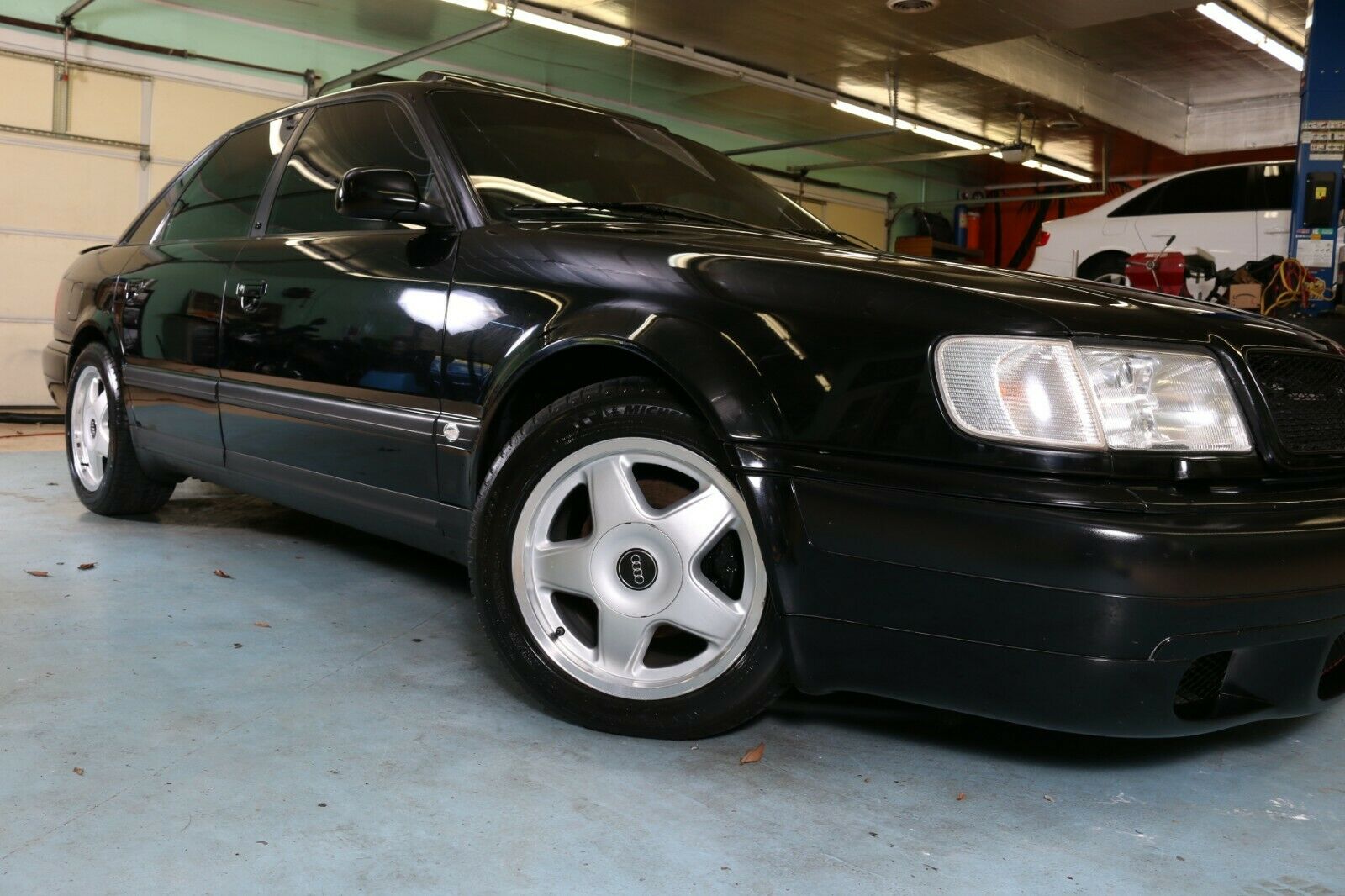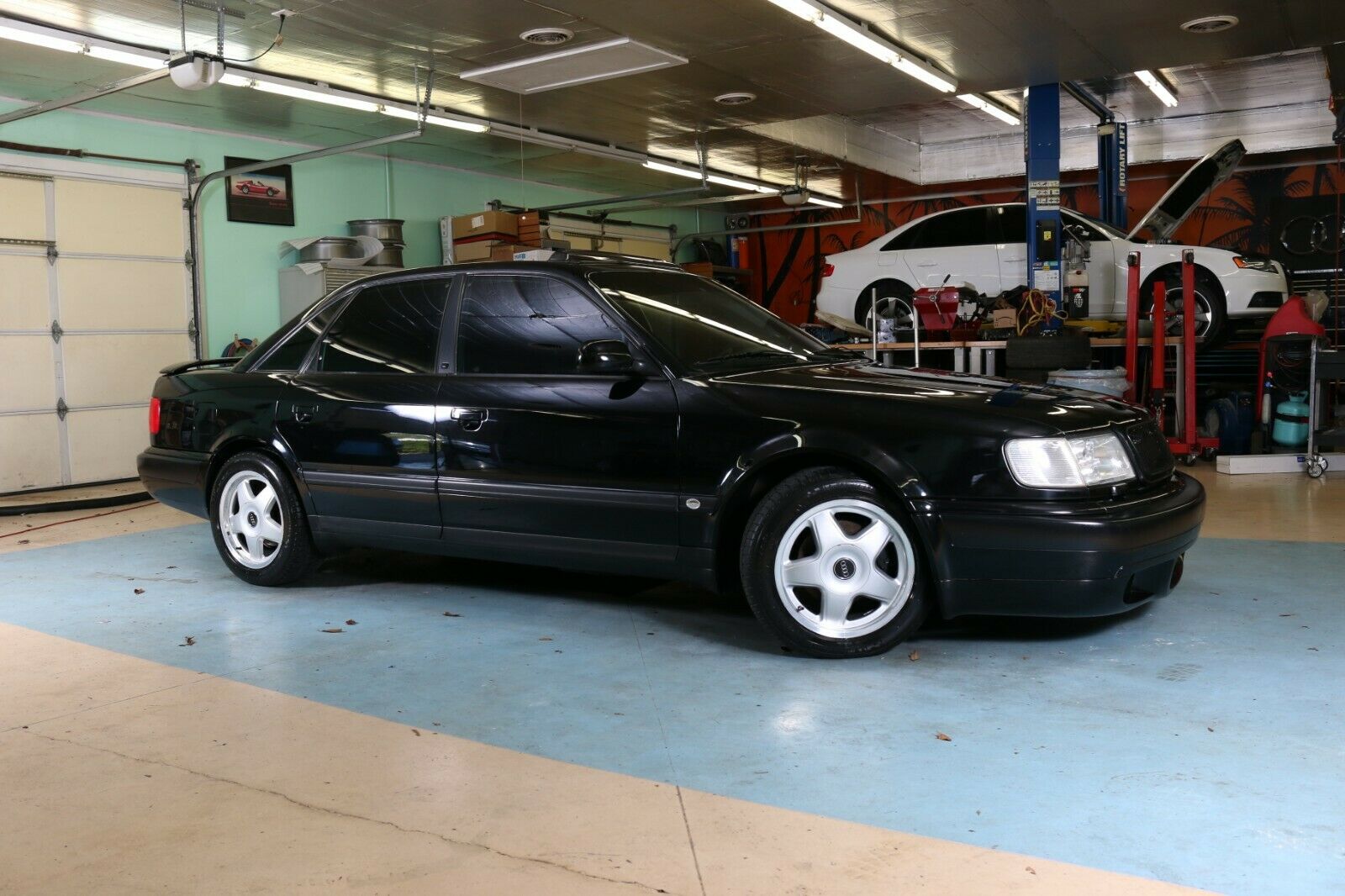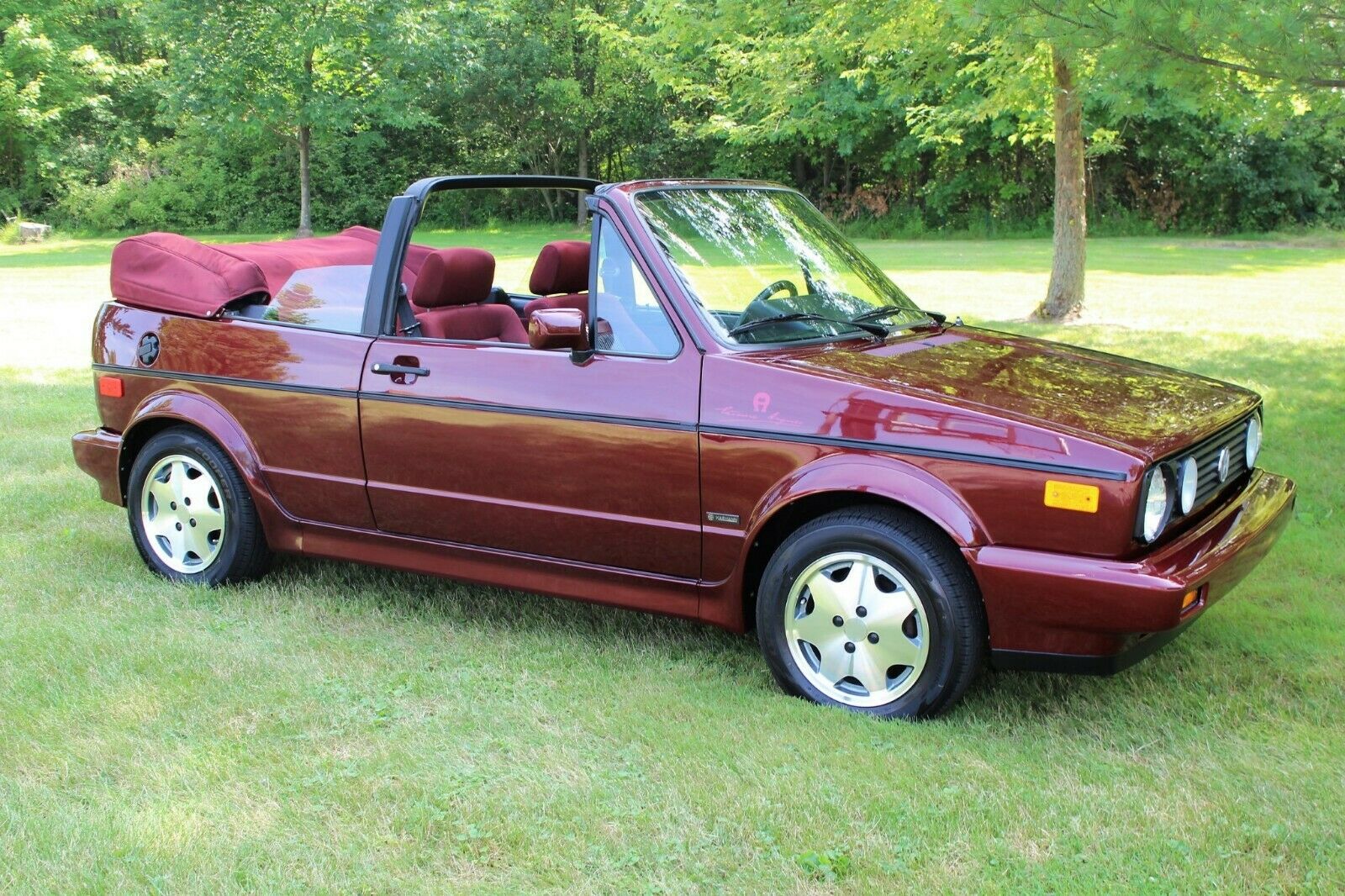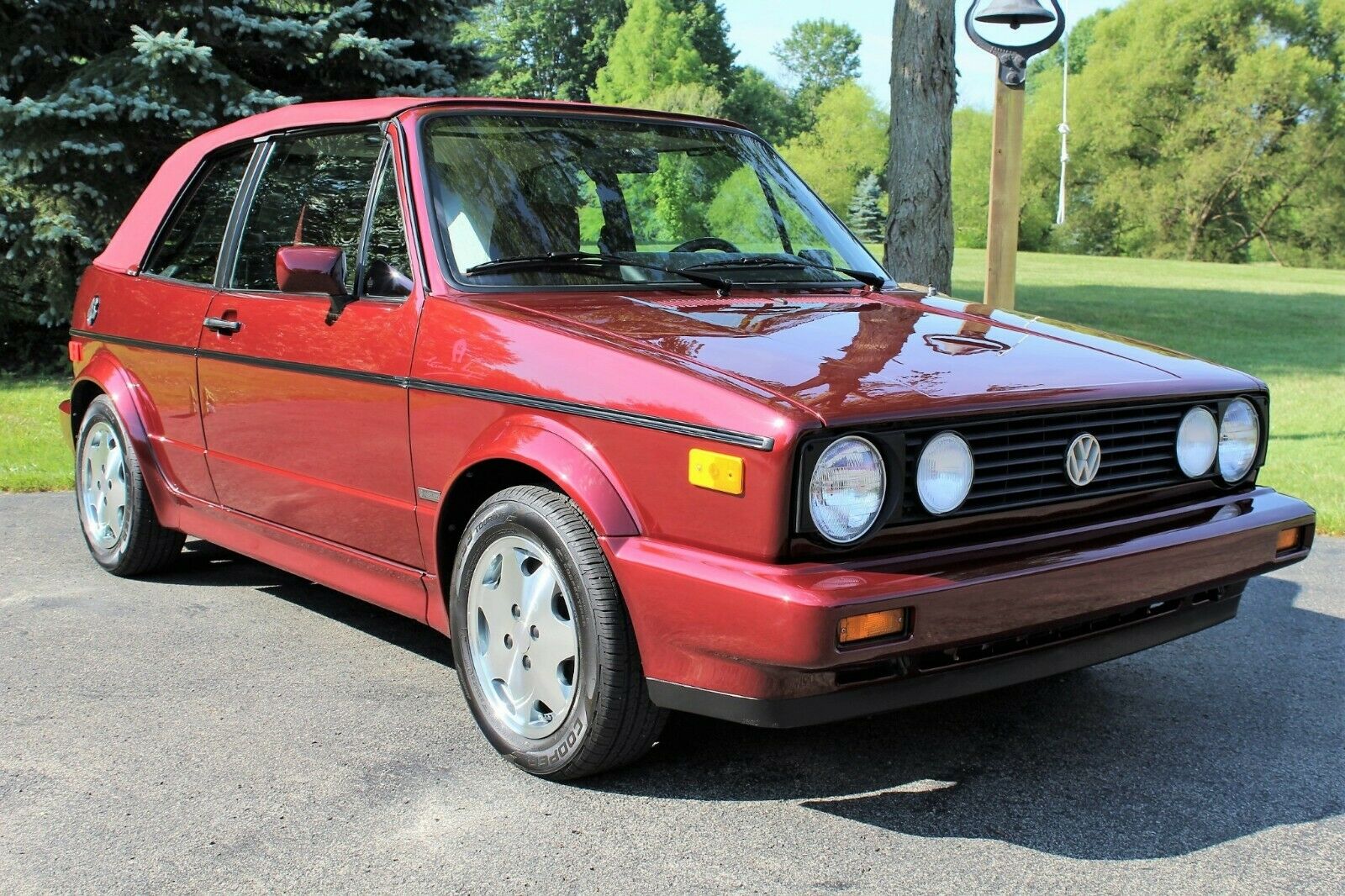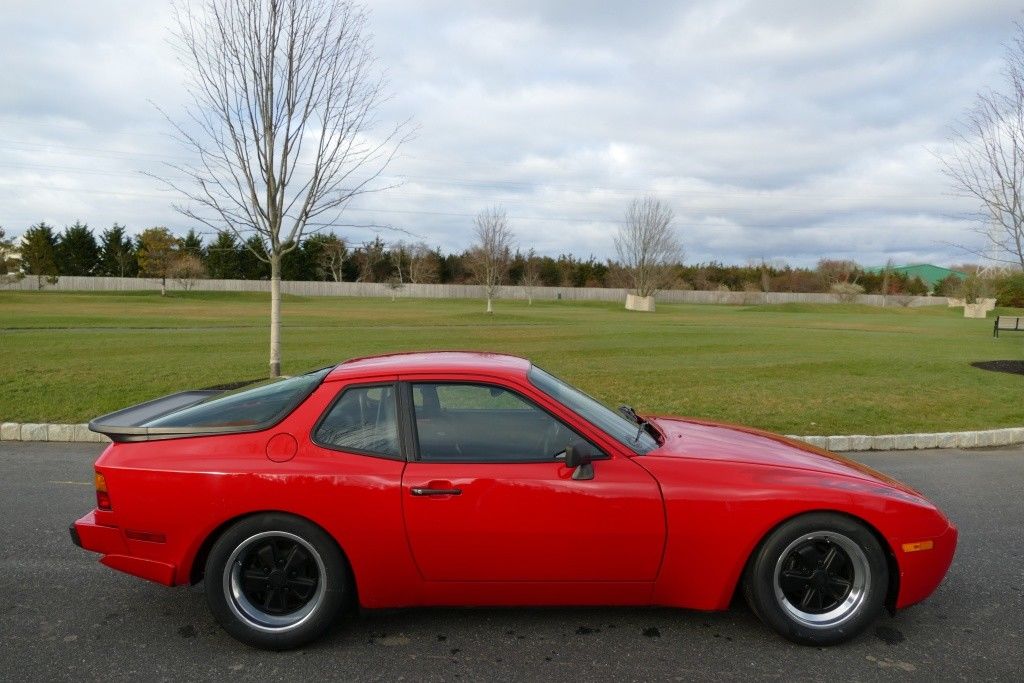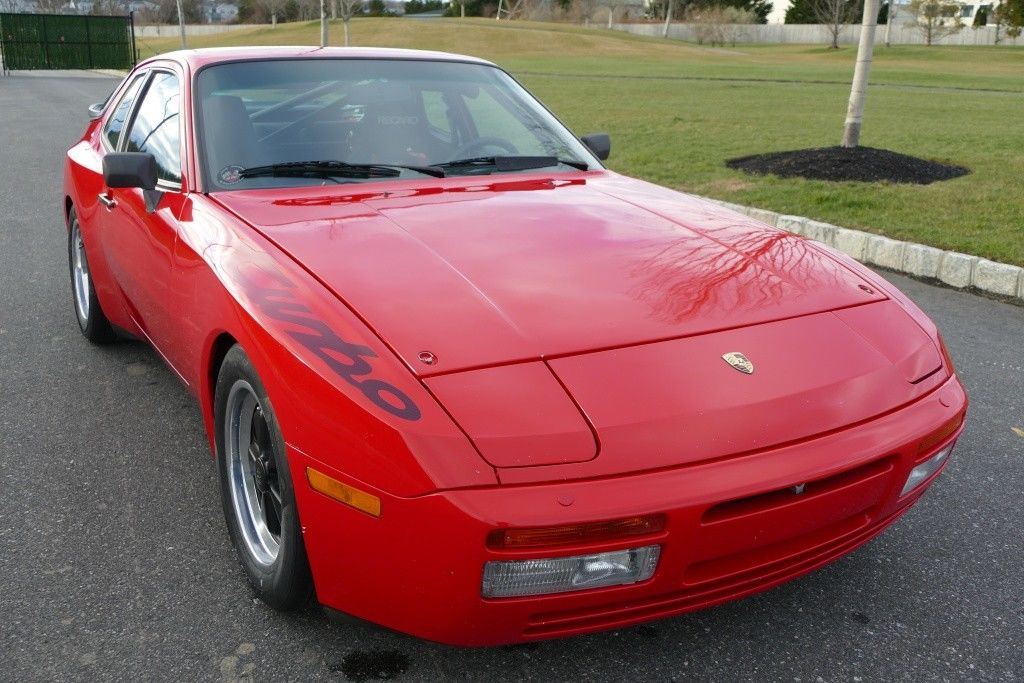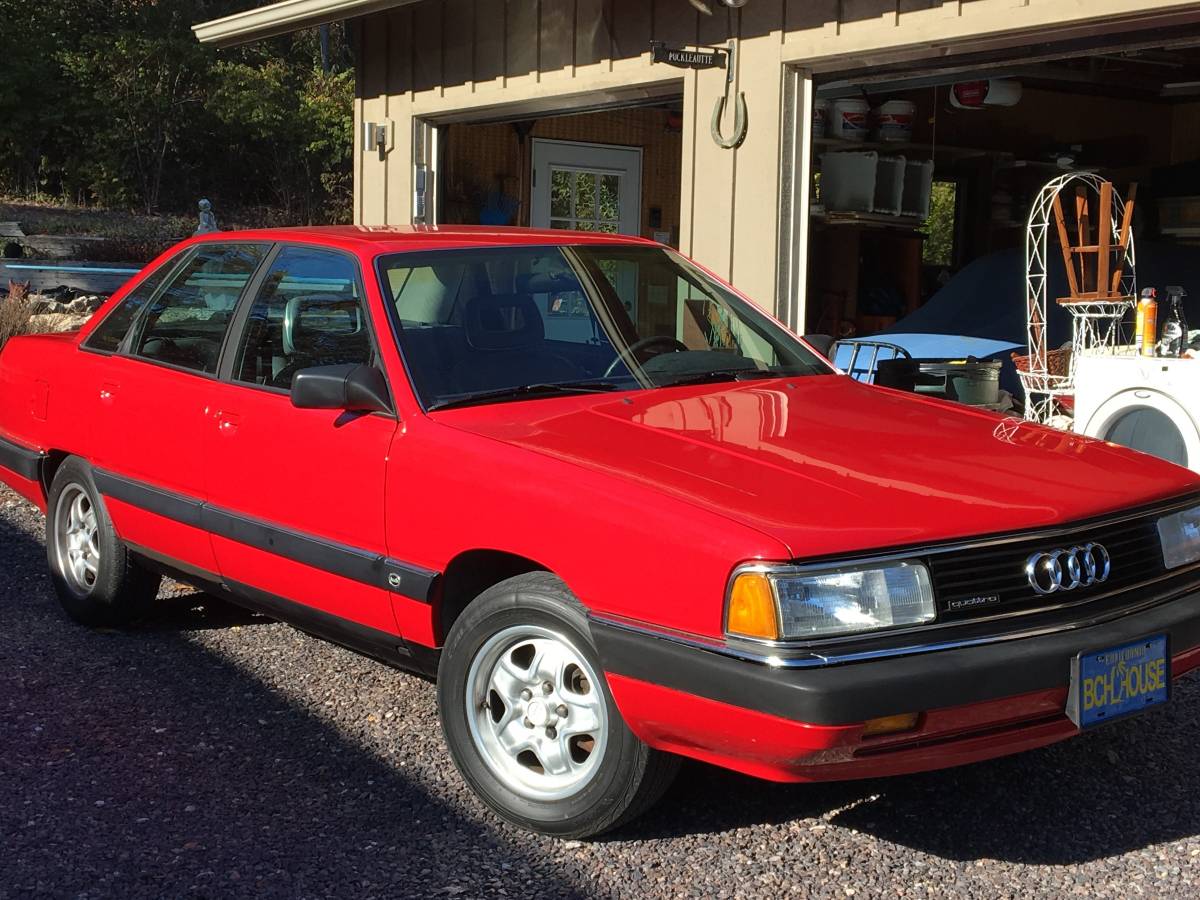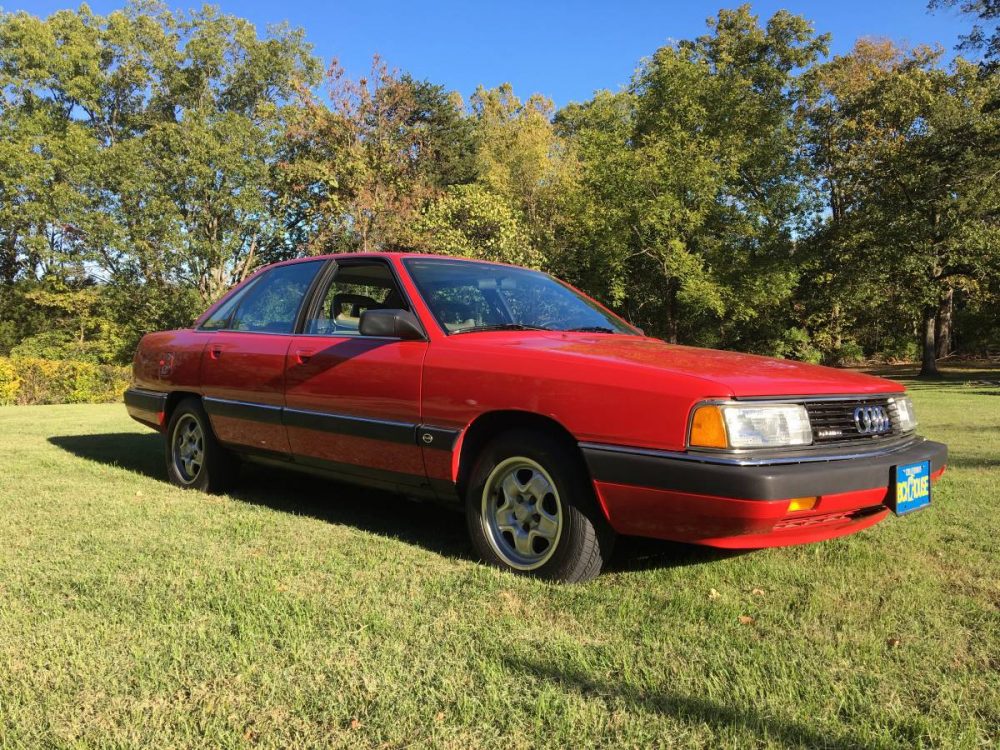As the E34 M5 and W124 500E/E500 creep up in value, if you search you can still find excellent examples of the odd-ball turbocharged inline-5 all-wheel drive wonder from Ingolstadt. While both of those cars are legends and fan favorites in their own right, I’d like to suggest that most underappreciated yet most capable of that generation was the C4 Audi S4. Out of the box, it was at a disadvantage to the other two; it’s small displacement cast-iron inline-5 hung fully in front of the forward axle line and was at a distinct power disadvantage. With 227 horsepower on tap, it was some 84 horsepower shy of the S38B36 and nearly a hundred down on the M119. But it was turbocharged, so torque was over 250 lb.ft – close to the BMW’s level. Still, they were fairly heavy and if you wanted to shuffle with the Municher and Stuttgarter, you had to keep that AAN on boil and on boost. But the trump card that Audi presented in the market at that point was all-wheel drive, and coupled with the tunable nature of the AAN, it meant there was a lot of potential in the chassis of the C4. That was met with excellent build quality to create what was perhaps the zenith of Audi’s production in the inline-5. Despite that, they have remained far more affordable than either of the competition, though finding a good one today can be difficult. One of just 399 ’94s sold in the U.S., this Brilliant Black example is one of 50 sold with black leather:
Tag: Fuchs
Update 3/1/19: This 944 Turbo Cup has a huge price drop for March, lowering from the original $149,995 ask to $109,900 today.
While Rob has left us, that doesn’t mean Porsche coverage will be! So I’d like to start the year with the counterpoint to Rob’s 911 Club Sport. I recently looked at a 1988 Porsche 944 Turbo S, the details of which were sussed out by Porsche in the Turbo Cup race series. While the Club Sport purported to be track-ready, the Turbo Cup was a turn-key racer straight out of the factory.
Porsche built a limited group of 944 chassis each year which were heavily upgraded with lightweight parts, roll cages and turned up engines. Weight was dropped thanks to extensive use of magnesium for the intake and sump, along with deletion of most luxuries. Manual windows, no door pockets, no air conditioning or sunroof here! The engine was upgraded with more boost and a revised turbocharger, along with a strengthened gearbox. Inside a Matter cage reinforced the structure, a Recaro seat cradled the driver and of course the suspension was upgraded as well. Later Turbo Cup cars also featured magnesium Phone Dial wheels, alone saving on the order of 18 lbs, though early models were delivered with forged Fuchs. These cars were not only raced in the one-make Turbo Cup series around the world, but also utilized by Porsche and privateers in race series such as the SCCA Escort Endurance Championship in “Showroom Stock”. Each year only a handful were produced, making these cars some of the most sought transaxles out there:
CLICK FOR DETAILS: 1986 Porsche 944 Turbo Cup on eBay
2 CommentsOne of the reasons it’s hard to get excited about the Type 43 Audi is just how far forward the bar was moved with the Type 44. Similar to the leap from the 6-series to the 8-series BMW, the Type 44 was a radical departure both in style, aerodynamics, and chassis dynamics. The basic Type 44 chassis would endure a remarkable run, too – from its basic layout in the Forschungsauto FV Auto 2000 from the 1981 Frankfurt Auto Show right through the derivative D11 V8 quattro through the 1994 model year. The C3 was revolutionary in its incorporation of modern aerodynamic devices, helping to drop drag coefficients to a then-excellent .30 cd. The Audi design prompted many copies, the most notable of which was the very popular Ford Taurus.
But the C3 was about more than just a slick body. Underneath it continued the C2’s turbocharging on top-tier models. With the addition of intercooling, power was up quite a bit from the prior model. Where the 1983 5000 Turbo generated 130 horsepower and 142 lb.ft of torque in U.S. trim, the C3’s MC1 brought 158 horsepower and 166 lb.ft of torque to the party. It was good enough to prompt notoriously BMW-friendly Car and Driver to name it to its ’10 Best’ list for the first time. In the later 200 20V, it also brought a tamed version of Audi’s Sport Quattro motor to market. The Ingolstadt company also pioneered full body galvanization, something that would become the norm for many newer cars moving forward. That body also grew, as Audi added its signature ‘Avant’ model to the lineup. But of course the big news was the 1986 addition of the word synonymous with Audi in the 1980s and ever since – quattro:
